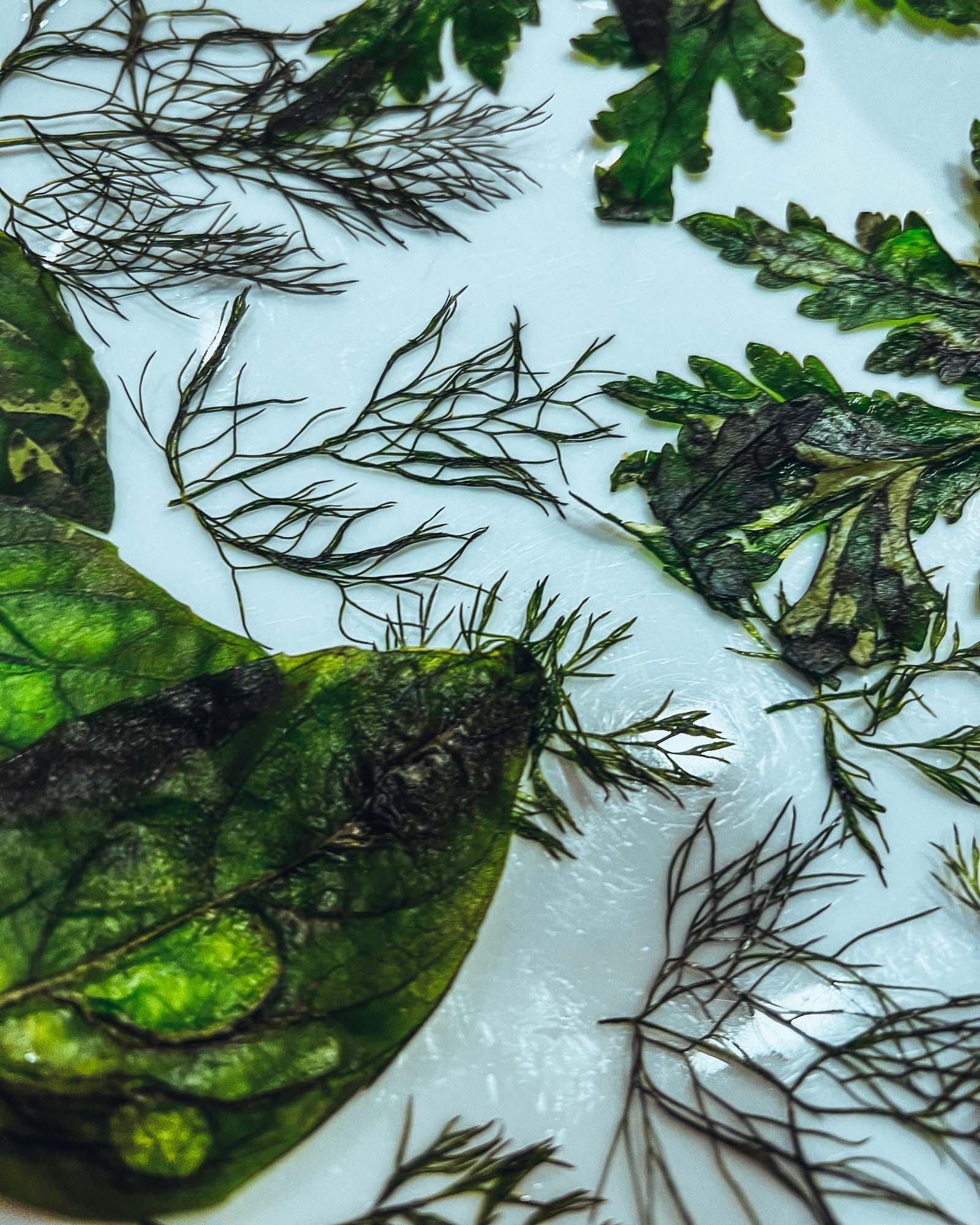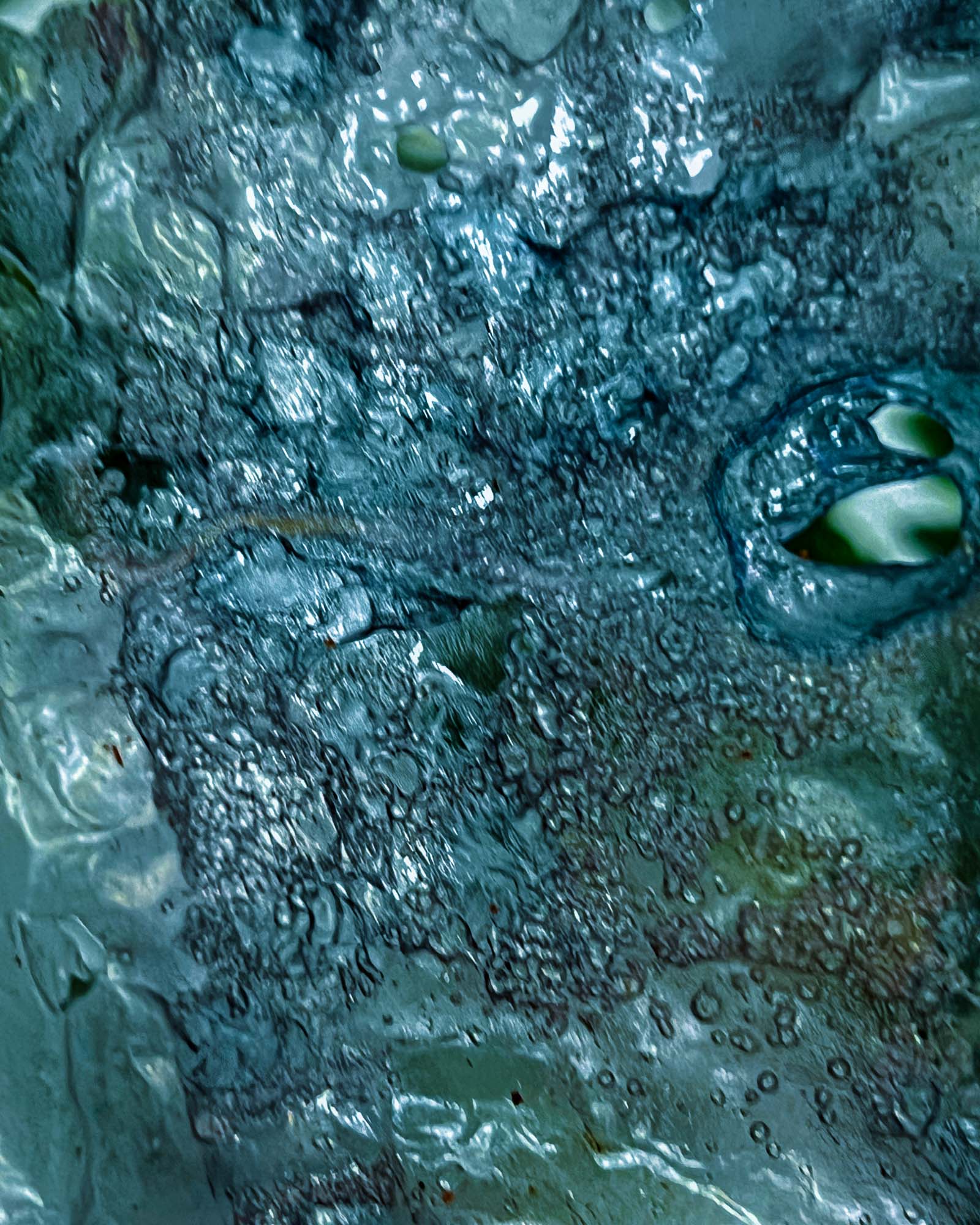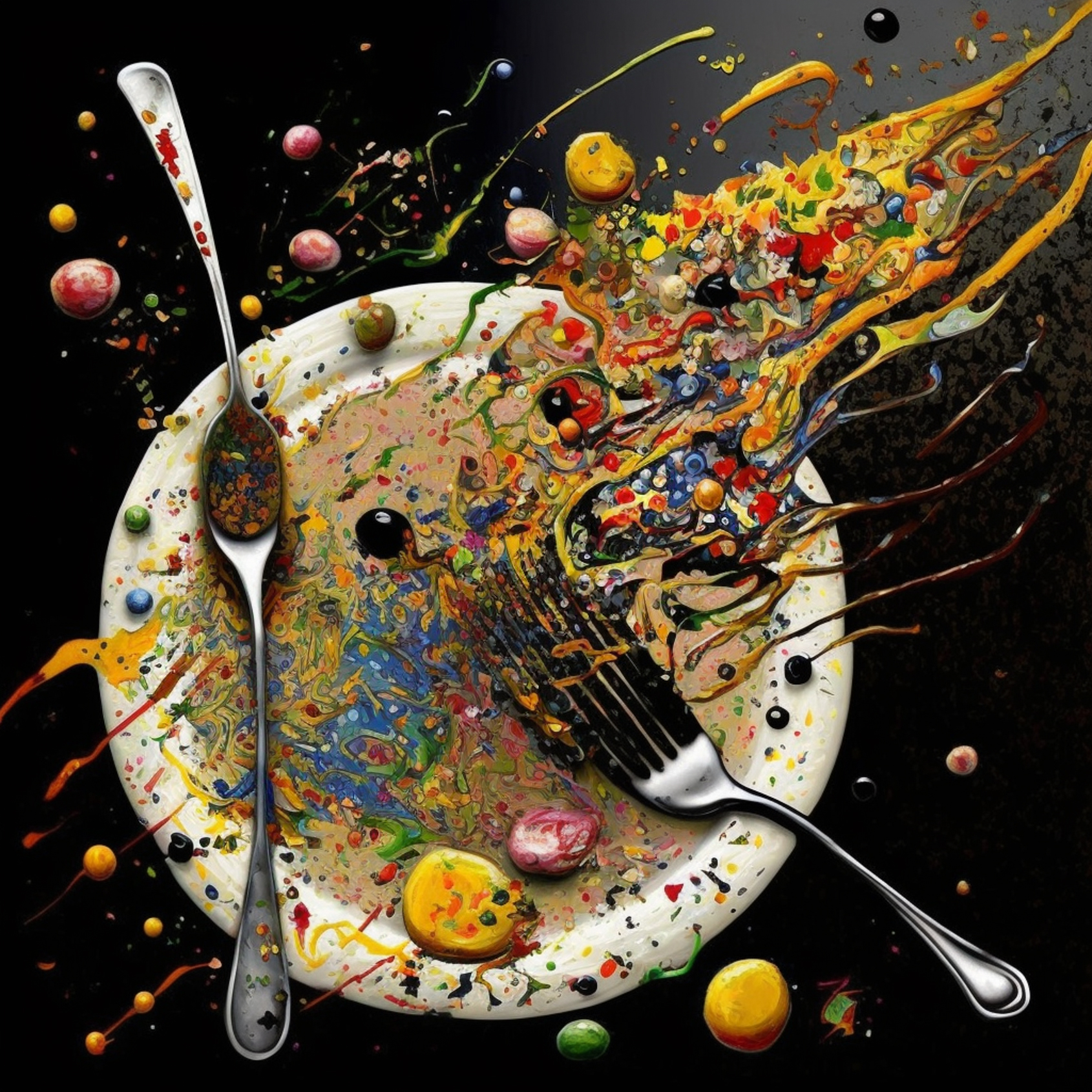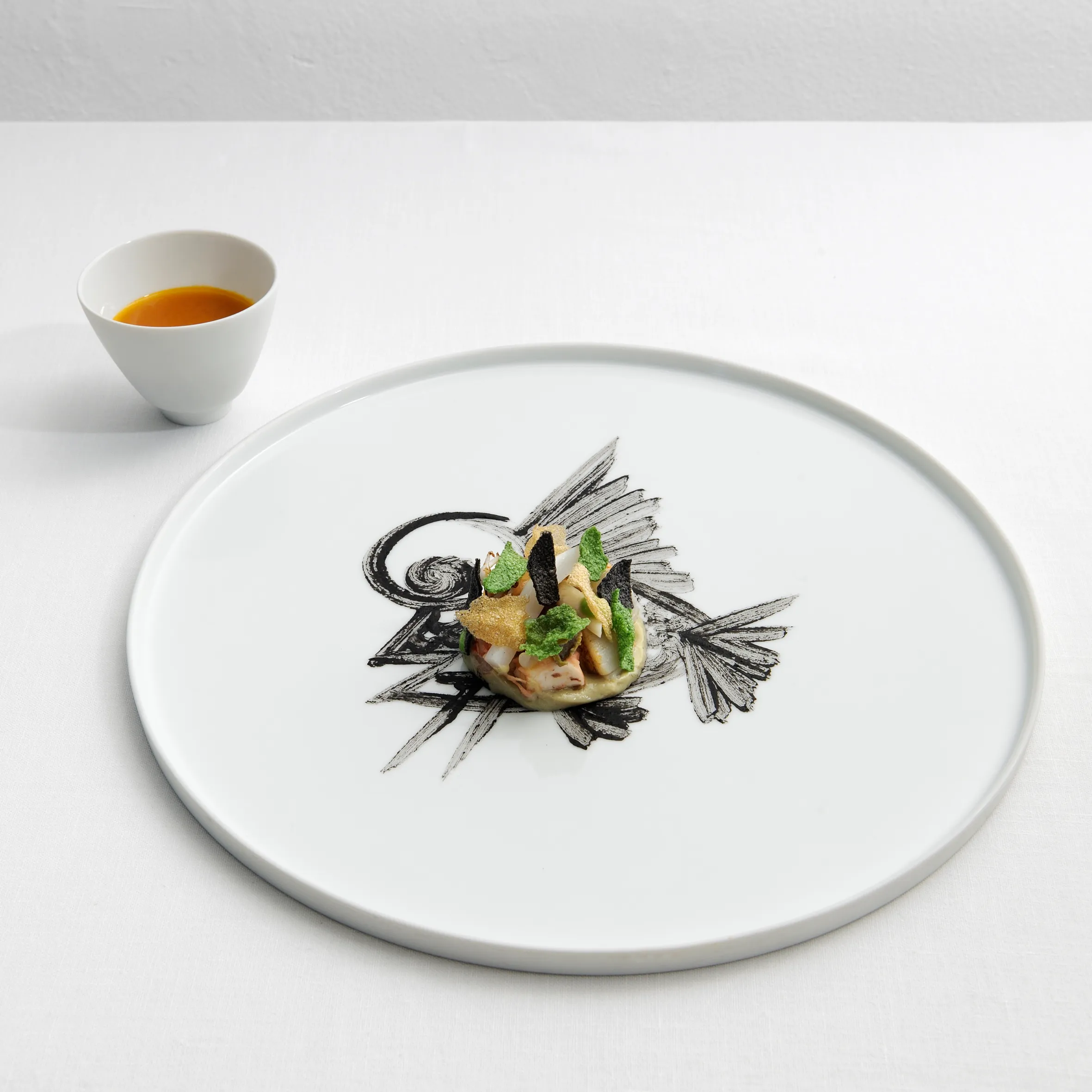Final Presentation.
my project which aims to explore the potential of food as an artistic tool to shift social habits in the context of food. I am drawing on the theories of pragmatism, Pierre Bordieu, and somaesthetics to understand how food can stimulate perceptual and cognitive curiosity and inspire personal and intimate transformations in the way we think about food. To achieve this, I have researched some of the most innovative and visionary chefs in the world, such as Heston Blumenthal, Herve This, Massimo Bottura, Natsuko Shoji, and Salvador Dali. These chefs have all used art as a source of inspiration in their...











